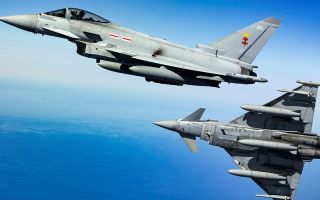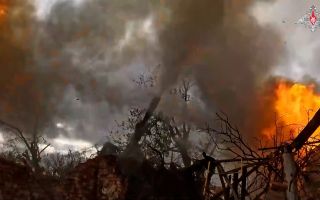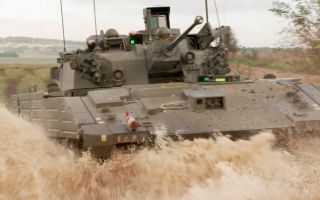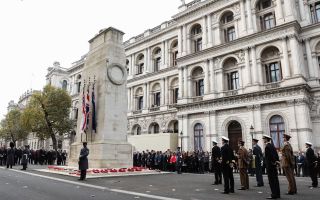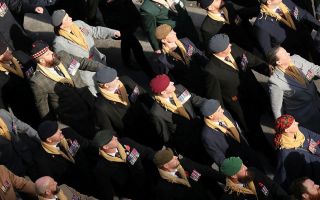Campaign launched to ensure WWI Royal Naval Air Service aviators are remembered
The heroism of the naval aviators of the First World War is being honoured through a campaign to create a new memorial at the National Memorial Arboretum in Staffordshire.
While many associate the memory of World War One with the horrors of the trenches, it is easy to forget that many Royal Naval Air Service (RNAS) pilots and aviators fought in the air and at sea.
The Royal Air Force and the National Museum of the Royal Navy are supporting the project, which aims to raise £325,000 for the monument to honour those who have so far been overlooked.
Project leader Major General David Rutherford-Jones, whose grandfather was in the RNAS during the Great War, said: "If you go to the National Memorial Arboretum, one of the interesting things about it is there's just about every cap badge from every regiment and battalion in the Army, a hell of a lot of warships, RAF squadrons and the Royal Flying Corps .
"They're all represented by memorials. But not the Royal Naval Air Service.
"What's interesting about the RFC having memorials there is that it was the corps and the RNAS that amalgamated together at the end of 1918 to form the modern-day RAF.
"What I wish to do for the Royal Naval Air Service is say 'this was an amazing organisation'.
"The average age of pilots was 24.6 years, and half of those who died were under the age of 21."
The campaign plans to launch a crowdfund, and will network with other entities to generate the required funds.
In August 1914, the RNAS had fewer than 100 aircraft and airships, but it would later grow to include around 55,000 personnel and 3,000 aircraft, including airships.
During the First World War, 897 mostly aircrew members of the Royal Naval Air Service died.
Despite their sacrifice, there is no dedicated memorial for the Great War pioneers.
Pilots at the time could not rely on radar, radios or fuel gauges while in the air, so the dangers of the role were numerous.
While the RNAS was a relatively small branch of the Armed Forces, the first Zeppelin was shot down by a naval pilot.
Furthermore, the first landing on a moving aircraft carrier at sea was accomplished by RNAS pilot Edwin Dunning.
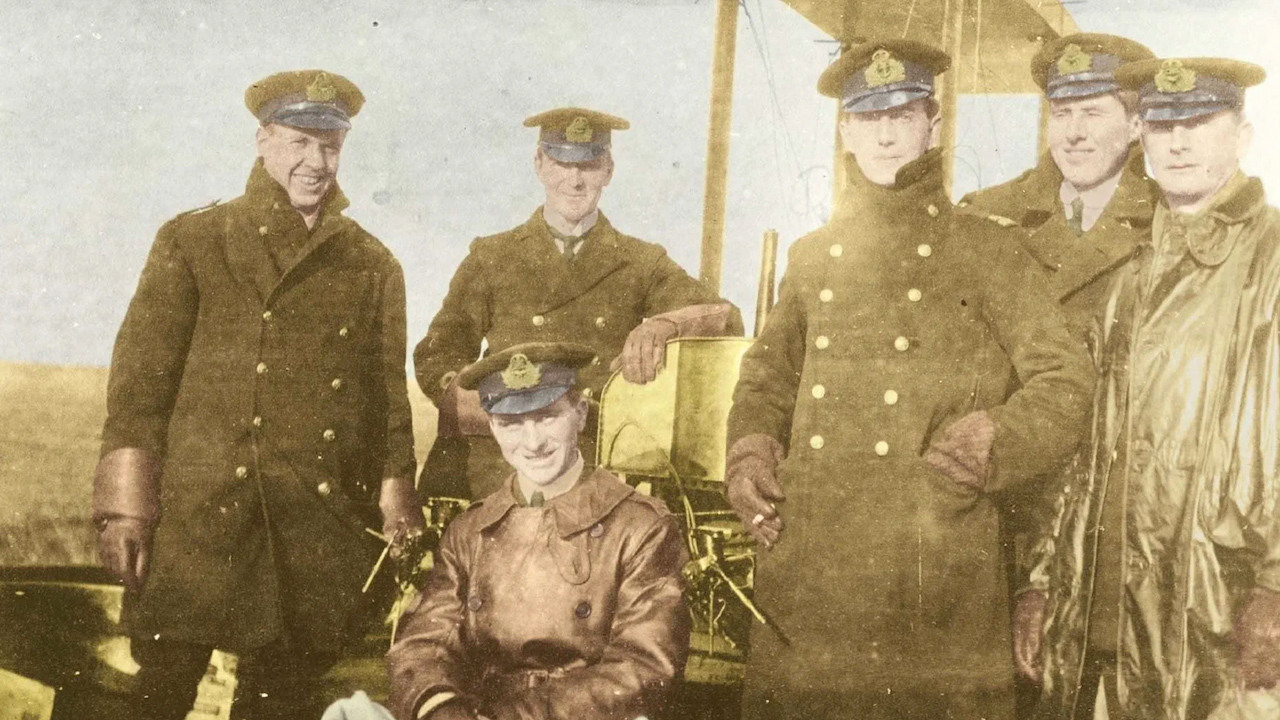
Maj Gen Rutherford-Jones said: "The reason I got going on this was because of my grandfather. I knew he was a brave man, but nobody ever really talked about him.
"I was researching it and I realised how extraordinary these people were. They gave up everything.
"When they went flying, which was brave in itself, they were trialling and experimenting. And indeed, lots of pilots lost their lives experimenting.
"Because they believed what they were doing was so important for the future security of our nation.
"My fundamental message is, just because time passes and we're now over 100 years after the birth of the Royal Naval Air Service, we shouldn't rest on our laurels in terms of remembering the extraordinary commitment of our forebears."

